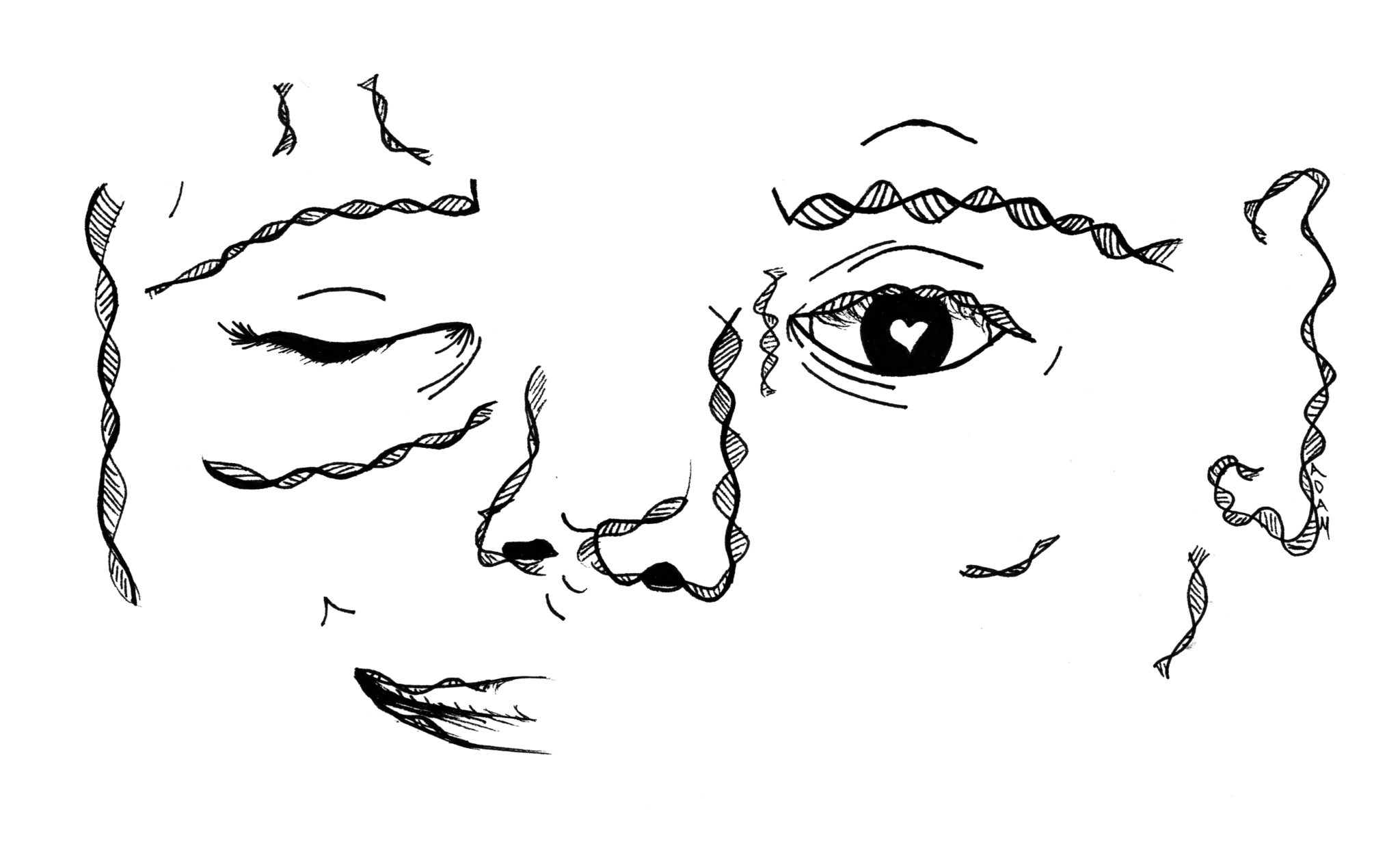
Many have heard of Charles Darwin’s theory of evolution by natural selection, but another of his theories is lesser known: aesthetic evolution by sexual selection. A new Yale study is designed to offer some perspective on his overlooked theory.
Researchers in the Prum Lab at Yale have identified unique structural elements in the feathers of birds of paradise that allow them to avoid reflecting light, giving the feathers a super black appearance. The researchers have hypothesized that this adaptation evolved to enhance the the brilliance of the patches of colors on the birds’ bodies, which are crucial to the birds’ courtship displays.
The researchers’ finding, published in the journal Nature Communications on Jan. 9, supports a claim made by Ecology & Evolutionary Biology professor Richard Prum in his New York Times Bestseller, “The Evolution of Beauty.”
Prum championed Darwin’s theory of aesthetic evolution by sexual selection, which proposes that some adaptations develop not because they bestow increased fitness, but rather to make an organism more aesthetically pleasing to potential mates.
“Aesthetics could be a driving force in evolution,” said Teresa Feo GRD ’15, co-author of the paper. “This idea is as old as natural selection, but it’s not something that has received much attention in evolutionary biology.”
To examine the structure of the feathers in question, the researchers used scanning electron microscopes and nano-computed tomography. These technologies revealed barbules that would not be found in a typical black feather, and that scatter light, creating a super black color with a high level of light absorbance. Super black coloration differs from normal black in the way it is perceived. For instance, though the plumage of a crow is dark and black, one can focus on individual feathers. On the other hand, the feathers of a bird of paradise seem so black that a human eye cannot focus on them, making them appear both inky and blurry.
Several other organisms have developed super black features, although most can be explained through evolutionary adaptations. One species of snake has similar coloring, but uses it to camouflage itself in the shadows, according to the study. The extraordinary aspect of the birds of paradise is that the only apparent purpose of these super black feathers is to enhance its aesthetic appearance, though the researchers have yet to definitively test this hypothesis.
“Our next steps are to look for this super black characteristic in other organisms, and also to look into the evolutionary dynamics,” said Dakota McCoy ’13, co-author of the study. “There could also be technological applications for these microstructures.”
According to the study, past discoveries of structural absorption have used the unique optical properties of super black structures to create biomimetic materials, which are technologies modeled after elements in nature. The researchers are optimistic about the potential applications of the light-scattering barbules discovered in the feathers.
They also hope their work will expand the field of evolutionary biology.
“[Sexual selection] is a simple idea, and more focus has been placed on ideas that require more complex dynamics, like natural selection,” Feo said. “Prum’s work and this study hopefully help show that the simple idea is worth serious consideration.”
McCoy added that the public rarely thinks of sexual selection when considering evolutionary biology, but noted that aesthetic evolution has produced remarkable traits. Prum’s book is an important step in bringing attention to a theory that has been long neglected, she added.
Birds of paradise are found in New Guinea and surrounding islands, according to National Geographic.
Madison Mahoney | madison.mahoney@yale.edu







